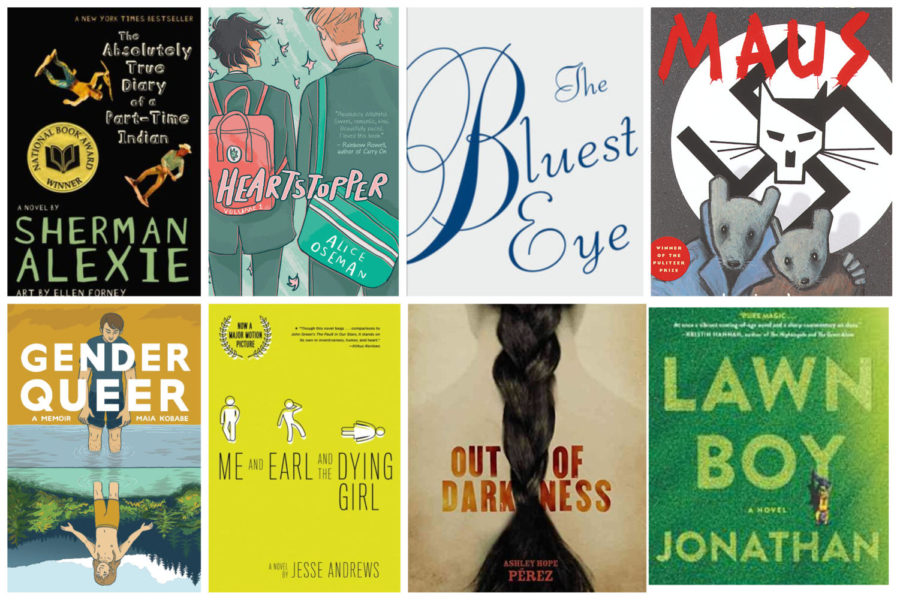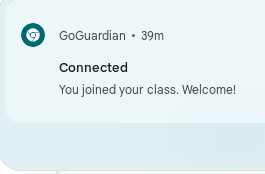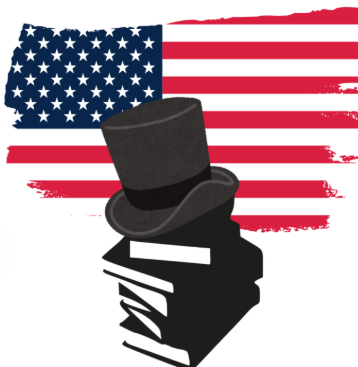Do not read lists keep getting longer
The number of banned books is on the rise and it’s not okay
During the last week of September, Jones celebrated Banned Books Week, which focuses on recognizing the freedom to read. While this campaign, run by the American Library Association and Amnesty International, is restricted to a week, the practice of banning books is happening every day, all around the country. The growing movement to ban books, especially in educational environments, threatens the fundamental freedom of choice and the right to education.
Over the past few years, culture wars and polarization across the United States have transformed school board meetings and libraries into book battle zones, ultimately resulting in a sky-high amount of book bans. According to PEN America, a nonprofit organization centered on protecting freedom of expression, 2,532 instances of book bans have been recorded in America’s school districts over the past year. These numbers are the highest ever recorded since data was first collected over two decades ago. These numbers are reflective of the recent mobilization of advocacy groups working to ban books they see unfit for their communities and their children, a stray from the once typical parent-based efforts.
As the numbers rise, the freedom to choose what to read declines. Not only are books simply taken off the shelf, which books are taken off the shelf are decided by what these select advocacy groups consider inappropriate for students and young people. The idea that one group of people or people of a particular ideology should decide what young people can and cannot read is ludicrous. After all, who are they to say what other parents’ children can read?
If a certain book goes against one’s opinions, morals or worldview, that is all the more reason to keep it on library shelves. Protecting books that may have “unpopular” or “unorthodox” perspectives in turn protects freedom of expression and creates a space for learning and hearing from viewpoints a reader might not hear otherwise. Indeed, that is the power of reading – it acts as a teacher and a guide to discovery, and by taking books off shelves, those powers are diminished in immeasurable amounts.
Recently, students’ learning was impacted not only on a school district level, but statewide. A new Tennessee law called the “Age-Appropriate Materials Act of 2022,” which forced every public school statewide to create a list of all titles in school libraries and classrooms available on their school website. The bill also includes classroom libraries, which many teachers were unaware of until the start of the school year, resulting in a race to take inventory as classes began. This resulted in some students without access to a library, as their teachers were cataloging their books. This law not only formed another avenue for more books to be challenged via book lists available online, it resulted in some students being without books (a huge aspect of any education) at the beginning of the year.
This law directly disrupted learning- and for what cause? These lists will continue to feed into culture wars fueling parents and advocacy groups, resulting in more bans, yet another disruption in students’ quest for an education.
There is also a notable theme among books that are under fire: many of them address racial or LGBTQ+ themes. By targeting these topics that have only recently made it onto shelves, historically underrepresented voices and commentary are actively silenced once again. These groups deem these stories inappropriate for America’s students, despite the fact that many of these stories speak to experiences numerous young people face. These are books that are the catalyst for learning, especially in communities that cannot boast the same level of diversity as a large city like Chicago.
Still, there is an elephant in the room: should a book ever be banned? If so, what does that look like? That’s a tough question to answer, simply because everyone has a different opinion. Each person with their own morals, beliefs and experiences will draw the line in the sand at a different spot.
Jones librarian Francis Feeley, on the other hand, takes a closer look at the issue regarding whether a book should be banned in the first place.
“I have never imagined a scenario where I would be supportive of a book ban. We can’t restrict people’s speech, even when they engage in harmful misinformation. I think that we have to speak up and speak the truth to combat misinformation,” said Feeley.
It is more important to keep books on the shelves, available to all, and to spend time speaking out about false information and content. To go a step further, when a book is controversial, there is an optimal moment to hold conversations about why people feel the way they do, on all sides of the spectrum. These are the sorts of conversations that are a launchpad for learning and, ultimately, growth.
Centering in on Jones, book banning looks very different. In fact, it is non-existent.
“I can’t remember any book challenges or bans, formal or informal,” said Feeley. “I feel very grateful, on behalf of the [Jones] community, that we have the liberty to purchase and circulate books that are being challenged.”
Beyond Jones, the city has also become a haven for controversial stories.
This year, Chicago Public Library formed new “Book Sanctuaries” for challenged or banned books at each of their branches.
Despite Jones and the city facing limited threats, efforts to ban books are impacting a vast amount of students and young people in every corner of the nation. And, in fact, access to these banned or challenged titles puts Jones students in a position to battle the efforts to remove books from libraries. It all boils down to one small action: read.
“Read everything you can while you can,” said Feeley.

Sabine is a senior and the Blueprint's School Editor. As her second year on the paper, she is looking forward to being a part of the Blueprint team again...





